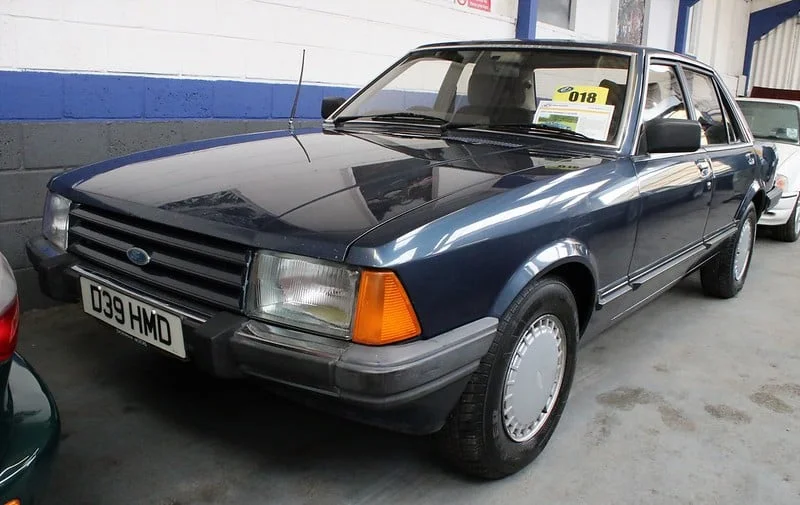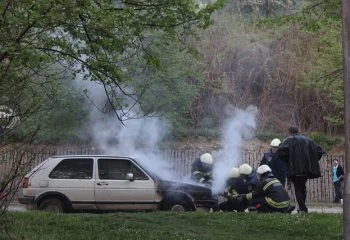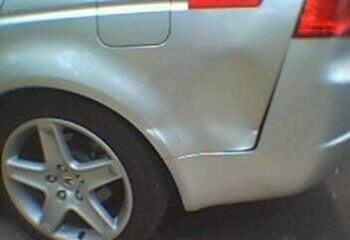Are you having issues starting your car in the mornings? While it can be easy to assume that a dead battery or faulty spark plugs are to blame, it’s entirely possible that your starter is failing.
Not only can this diminish drivability, but it could lead to more significant and costly repairs down the road. How do you know if your starter is bad? Here, we’ll explore how you can tell if yours needs replacing.
What's in this post?
How Do You Know If Your Starter Is Bad?
1. Clunking, Grinding, And Whirring Noises
If you think something may be wrong with your car starter, stop and take a minute to listen. A clicking noise when trying to start the engine could be a sign of a bad starter.
Even if no sound is coming from it, this doesn’t mean that it’s in the clear; your car could still be in danger of having its starter fail. Pay attention to any subtle or loud noises like whirring and grinding as they are telltale signals that something isn’t quite right and needs to be fixed soon.
In either case, if your car exhibits these signs, it’s time for an examination. Don’t ignore the warnings; act quickly to protect your car from extensive damages.
2. Oil leak into the starter
An oil leak into the starter is one of the most common signs of a bad starter. It indicates that there is an issue with the starter’s seal, and the lubrication required to keep it running properly is leaking out. If this happens, it can cause excessive heat buildup in the starter and ultimately lead to a breakdown or electrical failure.
Furthermore, there may be strange sounds coming from your starter if it has an oil leak, ranging from slight ticking to clunking noises that could mean its under too much strain.
To make sure your vehicle runs effectively and safely, having a leaking starter checked out and replaced by a professional as soon as possible is strongly advised.
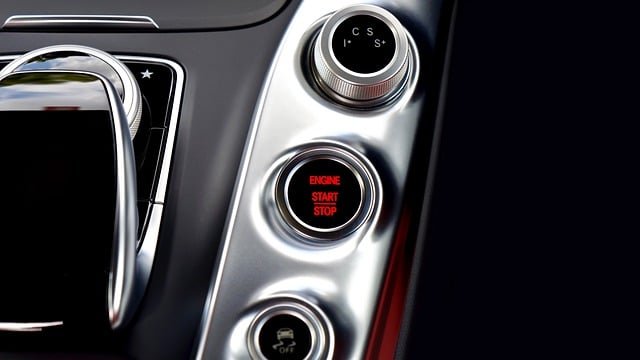
3. There Are Lights, But No Action
It’s frustrating to know that something is wrong with your vehicle, but not be able to diagnose it. When you turn the key in your ignition and all of your dashboard lights come on as usual, only for nothing else to happen afterwards, chances are that there is an issue with the starter.
A faulty starter means that the engine is not being provided with the proper current that it needs to power up and start running, so a diagnosis and repair will be required before this issue can be resolved.
4. The hood is smoking
It can be a very worrying experience to see smoke coming from your car, but rest assured that this is most likely the result of an electrical issue. Symptoms of a faulty starter include consistently failing to start your vehicle or smelling burning odor when you turn the key in the ignition.
If this sounds familiar, chances are your starter may be producing smoke. Do not try to force it, as it will only make matters worse. Instead call for help and have a professional inspect your car.
5. No Response When Starting
One of the common signs that your starter is going bad is if there is no response when you turn on your engine. This could include either no sound at all or noise but not enough power to actually start the engine. You may also hear clicking noises coming from under your hood. If this happens, check that all connections are secured properly as loose wiring can cause this symptom as well.
What Causes Bad Starter Problems?
1. Loose Wiring To and From The Starter
One of the most common causes of starter problems is loose wiring. If any wires connected to the starter are loose, it can cause your car’s engine not to start. This is because loose wires will not provide enough electricity for your vehicle’s electrical system and thus prevent the starter from working properly.
You should check all connections and ensure that all wiring is tight before attempting any other repairs. If there are any frayed or broken wires, make sure to replace them as soon as possible.
2. Damaged or Worn-Out Parts in the Starter System
A cause of starter problems is simply worn-out or damaged parts in the starter system. The most likely culprits are loose connections, corroded wiring, or faulty relays.
If one of these components fails, then your starter won’t be able to engage correctly and will struggle to turn over when you try to start your car. To fix this problem, you’ll need to inspect each component in the system and replace any damaged parts as necessary.
2. Oil Leaks
Another common cause of starting issues is oil leaks from another part of the engine. If oil seeps into your starter assembly and mixes with dirt or other debris inside it, then it can create an electrical short circuit which prevents power from reaching your starter motor.
To fix this problem, you’ll need to find and repair the source of the leak before cleaning up any spilled oil around your starter assembly and replacing any damaged parts as necessary.
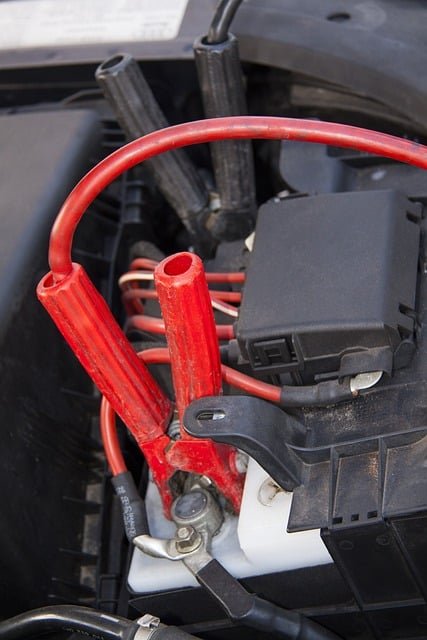
3. Bad Relay or Fuse
The electrical system of your car may also be malfunctioning if a relay or fuse has failed. A faulty relay can prevent power from reaching your starter motor while a blown fuse can prevent current from flowing through all its associated circuits. In either case, you’ll need to locate and replace the faulty component before attempting to start your car again.
4. Dirty or Corroded Connections at The Starter
Contamination of dirt and parts of rust may be the cause itself. Over time, dirt and grime can accumulate on these connections which can lead to poor electrical contact between them and result in your vehicle failing to start.
To fix this issue, clean off any dirty connections using an aerosol cleaner like WD-40 and then apply some dielectric grease or terminal lube on them before reconnecting everything back together again. This should solve most cases of starters having trouble engaging due to dirty connections at the unit itself.
5. Battery Corrosion
The last common cause of starter problems is battery corrosion which occurs when acid deposits build up around terminals due to chemical reactions between air, moisture, and metal surfaces inside your vehicle’s battery casing.
If left unchecked, this corrosion can reduce the amount of power available from your battery which means that there won’t be enough power for your car’s engine to start up correctly. To fix this issue, simply disconnect both ends of each terminal cable from their respective terminals (positive first then negative) before cleaning off any corrosion present with a brush or cloth soaked in baking soda solution (water + baking soda).
Once done, reconnect everything back together again after applying some dielectric grease or terminal lube on each connection point for better electrical contact between cables and terminals moving forward.
How To Deal With A Bad Starter?
1. Slightly tap the starter
Don’t panic the next time your car won’t start—before doing any expensive repairs, try tapping the starter for a simple and cost-effective solution. Just apply a gentle outward force by lightly banging it with a hard object—not too hard, but hard enough so that you’re likely tapping the electrical components back in contact with each other.
This method is often compared to hitting an old television to bring the picture back into focus—you may be able to get your car started again, even if only temporarily until you can get it checked out at your nearest service center. Give this old trick a go before spending money on costly repairs.
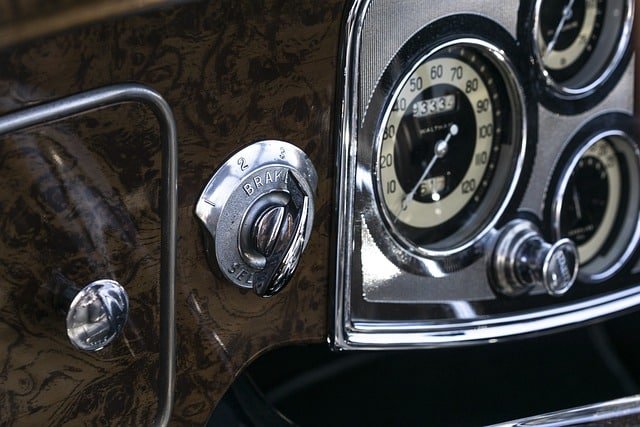
2. Checking the Battery
The first step in troubleshooting any starter problem is to check the battery. Make sure that your battery has enough charge and that all the cables are connected properly.
You can check your battery’s charge with a multimeter or by using an inexpensive digital battery tester. If your battery’s charge is low, you’ll need to either recharge it or replace it before you can proceed with any further testing.
3. Testing the Starter Solenoid
Once you’ve checked the battery, it’s time to test the starter solenoid. The solenoid is responsible for sending power from the battery to the starter motor when you turn the key in the ignition.
To test it, disconnect the small wire connected to its terminal and use a multimeter set on “ohms” mode to measure resistance across its terminals. If there is no resistance or if resistance is too low (less than 1 ohm), then there could be a problem with your solenoid and it should be replaced.
4. Visually Inspect the Starter Motor and Wires
The first step is to visually inspect the starter motor and wires for any signs of damage or corrosion. If the connections appear to be corroded or broken, they will need to be replaced before any further troubleshooting can take place. Additionally, check the condition of the starter itself; if it appears worn or damaged, it may also need to be replaced.
5. Check Electrical Connections
Once you’ve visually inspected the starter motor and wires, the next step is to check all electrical connections for continuity. This means that you should use a multimeter or other similar device to test that each connection is supplying power correctly.
It’s important to note that if any of the connections are not providing power as expected, then they will need to be repaired before continuing with further troubleshooting steps.

